本文目录:
一、用户管理
二、pymysql增删改查
三、sql注入攻击
数据安全非常重要 不可能随便分配root账户
应该按照不同开发岗位分配不同的账户和权限
mysql中 将于用户相关的数据放在mysql库
user – > db – > tables_priv -> columns_priv
如果用户拥有对所有库的访问权 则存储在 user中
如果用户拥有对部分库的使用权 db
如果用户拥有对部分表的使用权 tables;
如果用户拥有对表中某些字段的使用权 columns_priv中
创建新账户
create user “账户名”@”主机名” identified by 密码
create user “tom”@”localhost” identified by “123”;
授予所有数据库所有表的所有权限给jerry这个用户 并允许jerry在任意一台电脑登录
如果用户不存在会自动创建
grant all on *.* to “jerry”@”%” identified by “123” with grant option;
with grant option这个用户可以将拥有的权限授予别人
授予day45数据库所有表的所有权限给jack这个用户 并允许jerry在任意一台电脑登录
grant all on day45.* to “jack”@”%” identified by “123”;
授予day45数据库的emp表的所有权限给rose这个用户 并允许jerry在任意一台电脑登录
grant all on day45.emp to “rose”@”%” identified by “123”;
授予day45数据库的emp表的name字段的查询权限给maria这个用户 并允许jerry在任意一台电脑登录
grant select(name) on day45.emp to “maria”@”%” identified by “123”;
收回权限
REVOKE all privileges [column] on db.table from user@”host”;
如何授权就如何收回 因为不同权限信息存到不同的表中
REVOKE all privileges on day45.emp from maria@”%”;
立即刷新权限信息
flush privileges;
# 删除用户
drop user 用户名@主机
drop user maria@%
当你在云服务器部署了 mysql环境时 你的程序无法直接连接到服务器 需要授予在任意一台电脑登录的权限
grant all on *.* to “jerry”@”%” identified by “123” with grant option;
二、pymysql增删改查
import pymysql
conn = pymysql.connect(
host="127.0.0.1",
port=3306,
user="root",
password="root",
database="day47",
charset="utf8"
)
# cursor 游标对象 负责执行sql语句 获取返回的数据
# pymysql.cursors.DictCursor指定使用字典类型的游标 默认是元祖类型
cursor = conn.cursor(pymysql.cursors.DictCursor)
sql = "select *from user"
# 返回值是本次查询的记录条数
res = cursor.execute(sql) #执行sql
print(cursor.fetchall()) # 提取所有结果
# cursor.scroll(1,mode="absolute") # 游标从开始位置往后移动1条记录
# cursor.scroll(1,mode="relative") # 游标从当前位置往后移动1条记录
# print(cursor.fetchone()) # 提取一条记录
# print(cursor.fetchone())
# print(cursor.fetchone())
# print(cursor.fetchmany(2)) # 提取指定数量记录
# print(res)import pymysql
conn = pymysql.connect(
host="127.0.0.1",
port=3306,
user="root",
password="root",
database="day47",
charset="utf8"
)
# cursor 游标对象 负责执行sql语句 获取返回的数据
# pymysql.cursors.DictCursor指定使用字典类型的游标 默认是元祖类型
cursor = conn.cursor(pymysql.cursors.DictCursor)
# sql = "insert into user values(null,'中狗子','123')"
sql = "update user set name = '小黄' where name = '中狗子'"
# sql = "delete from user where name = '大狗子'"
res = cursor.execute(sql)
# pymysql不会自动提交 对数据的修改不会持久化 需要手动commit
conn.commit()
print(res)
三、sql注入攻击
import pymysql
conn = pymysql.connect(
host="127.0.0.1",
port=3306,
user="root",
password="root",
database="day47",
charset="utf8"
)
# cursor 游标对象 负责执行sql语句 获取返回的数据
# pymysql.cursors.DictCursor指定使用字典类型的游标 默认是元祖类型
cursor = conn.cursor(pymysql.cursors.DictCursor)
name = input("输入用户名:")
pwd = input("输入密码:")
sql = "select *from user where name = %s and password = %s"
res = cursor.execute(sql,(name,pwd))
if res:
print("登录成功")
else:
print("登录失败")
# 什么是sql注入攻击
# 一些了解sql语法的攻击者 可以通过一些特殊符号 来修改 sql执行逻辑 达到绕过验证的效果
# 如何避免?
# 1.在输入时加上正则判断 不允许输入与sql相关的关键字 这种方式 无法避免 代理服务器发起的攻击
# 2.在服务器端 执行sql前先来一波判断
# pymysql中已经帮你做了处理 只要将参数的拼接交给pymysql来完成就能够避免攻击
转载请注明:IT运维空间 » 优质云主机 » mysql数据库: 用户管理、pymysql使用、sql注入







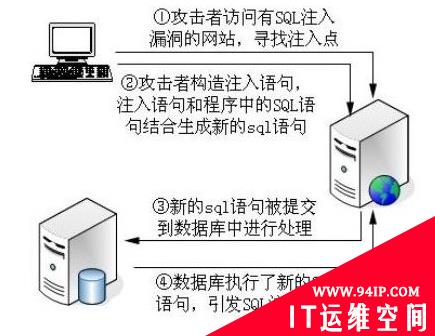


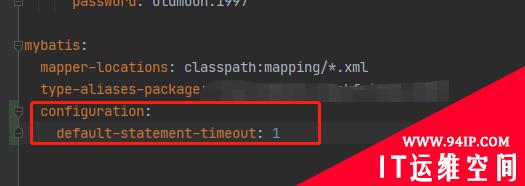
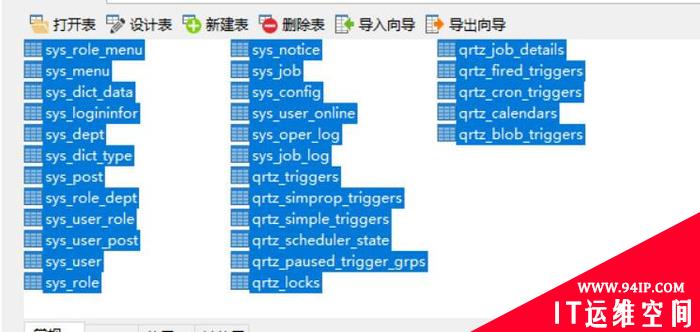

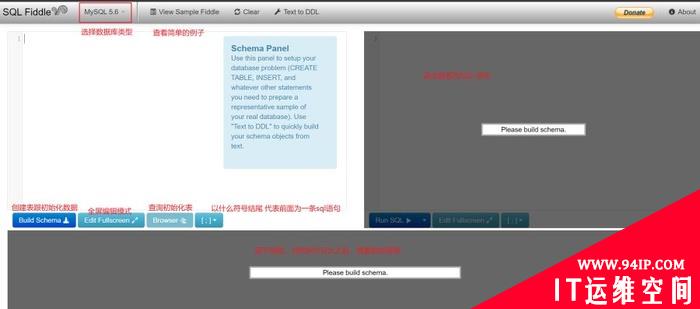



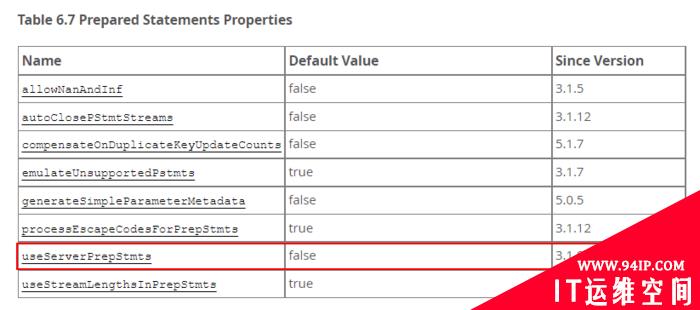


发表评论